Partitioning of Food Energy within Animals
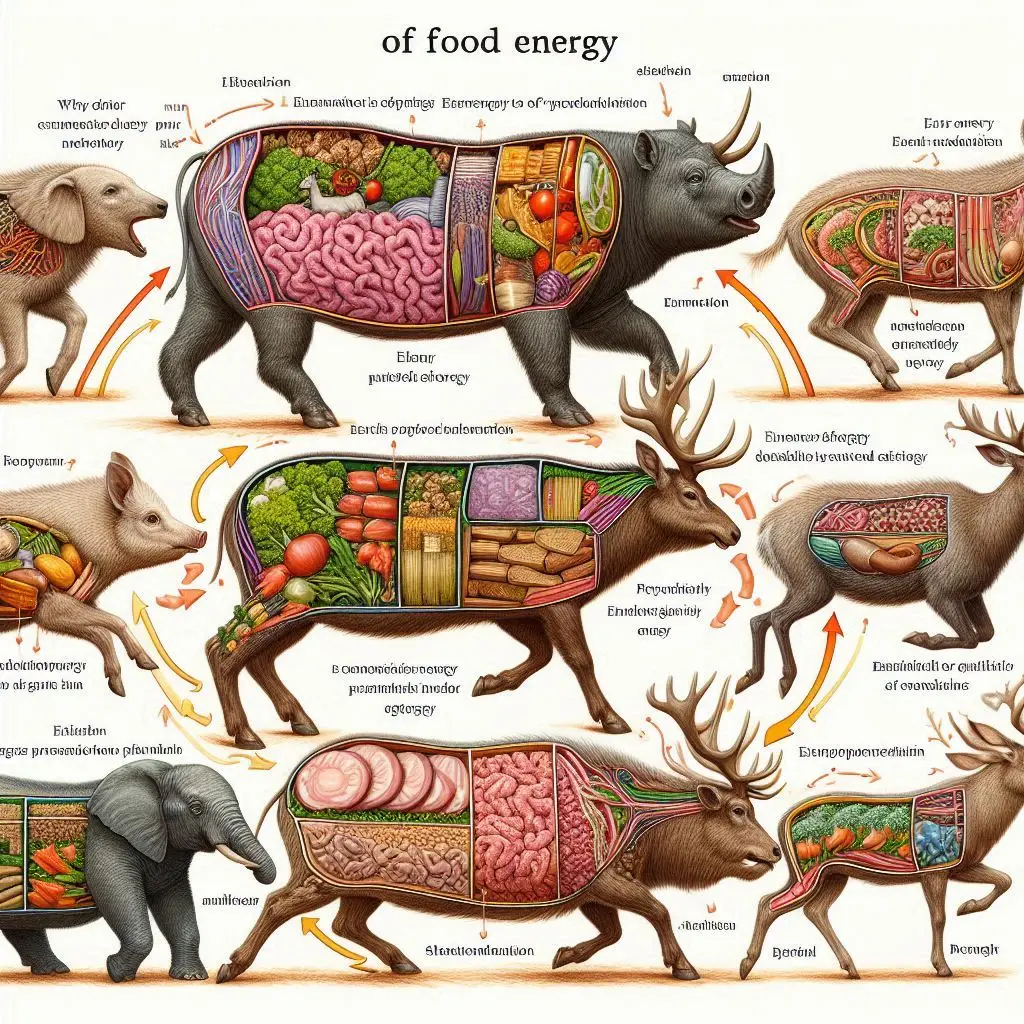
Introduction
Efficient partitioning of food energy is crucial for optimizing animal health, growth, and productivity. Moreover, researchers and practitioners can develop strategies to enhance overall performance and well-being by understanding how animals allocate energy derived from consumed food. This article explores the key components of energy partitioning, systems for expressing energy values, and methods for measuring energy expenditure.
Components of Energy Partitioning
When animals consume food, they obtain energy. Subsequently, they allocate this energy to various physiological processes and activities. These include:
- Maintenance Energy: First, animals dedicate energy to maintaining basic functions. For instance, they use energy to regulate body temperature, circulate blood, and sustain cellular processes. This energy requirement is the basal metabolic rate (BMR) or maintenance energy expenditure.
- Growth: Next, growing animals allocate energy to support the development and synthesis of new tissues, organs, and bones. This is especially important during early stages of life when rapid growth occurs.
- Reproduction: Additionally, animals allocate energy to reproductive processes. These include gamete production, gestation, and lactation. This allocation is vital for species continuation and offspring health.
- Activity: Furthermore, physical activities like foraging, hunting, mating, and escaping predators require energy expenditure. This significantly impacts the animal’s overall energy balance.
- Immune System and Repair: Finally, animals allocate energy to the immune system. This energy supports pathogen defense and tissue repair and maintenance. It is crucial for animal health and longevity.
Systems for Expressing Energy Values
Various systems express the energy values of foods. These include:
- Gross Energy (GE): This is the total energy content of food before any losses occur during digestion and metabolism.
- Digestible Energy (DE): Moreover, this is the energy absorbed by the animal after accounting for energy lost in feces. DE provides a better measure of energy available for production than GE.
- Metabolizable Energy (ME): Additionally, this is the energy available for use by the animal after subtracting energy lost in urine and gases. It is critical for understanding energy that can be utilized for maintenance and production.
- Net Energy (NE): Finally, this is the energy remaining after accounting for heat increment. It represents the energy available for maintenance and production purposes.
Measuring Energy Expenditure
Calorimetry measures the energy expenditure of animals. There are two main types of calorimetry:
- Direct Calorimetry: This method measures the heat produced by an animal in a controlled environment. It provides accurate data on total energy expenditure but is complex and expensive.
- Indirect Calorimetry: On the other hand, this approach estimates energy expenditure by measuring oxygen consumption and carbon dioxide production. It is more practical and widely used.
Carbon-Nitrogen Balance and Comparative Slaughter Methods
Carbon-nitrogen balance assesses how carbon and nitrogen are utilized within the body. This is crucial for optimizing growth and production. Additionally, comparative slaughter methods evaluate energy partitioning efficiency. They compare carcass composition of animals fed different diets. This provides insights into how feeding strategies affect energy allocation and productivity.
Conclusion
In conclusion, optimizing animal energy partitioning is essential for enhancing productivity and well-being. Moreover, researchers and practitioners can develop strategies to improve overall animal performance by effectively managing energy allocation for maintenance, growth, reproduction, activity, and immune function. Finally, utilizing systems for expressing energy values and employing calorimetry and balance methods provide valuable tools for advancing animal science research and practical applications.
For more such pearls of Vets Wisdom:


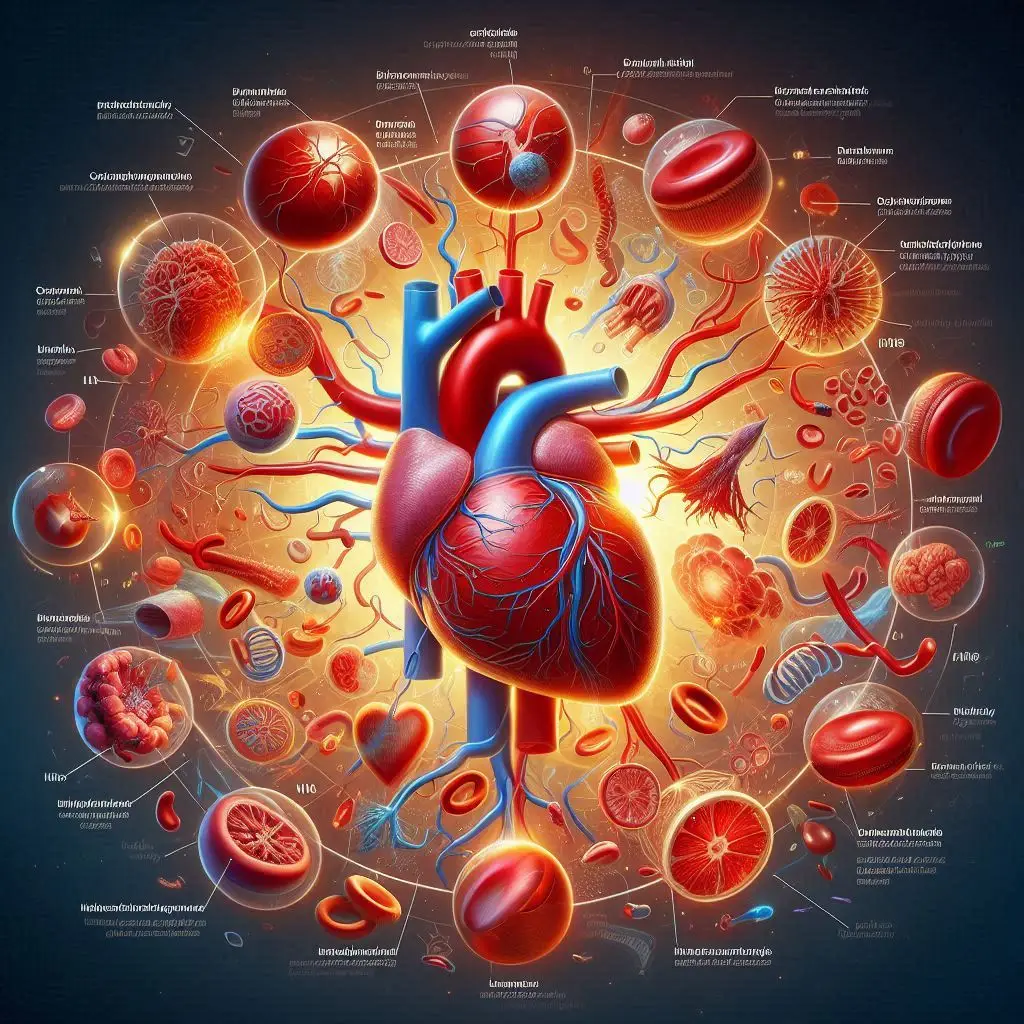
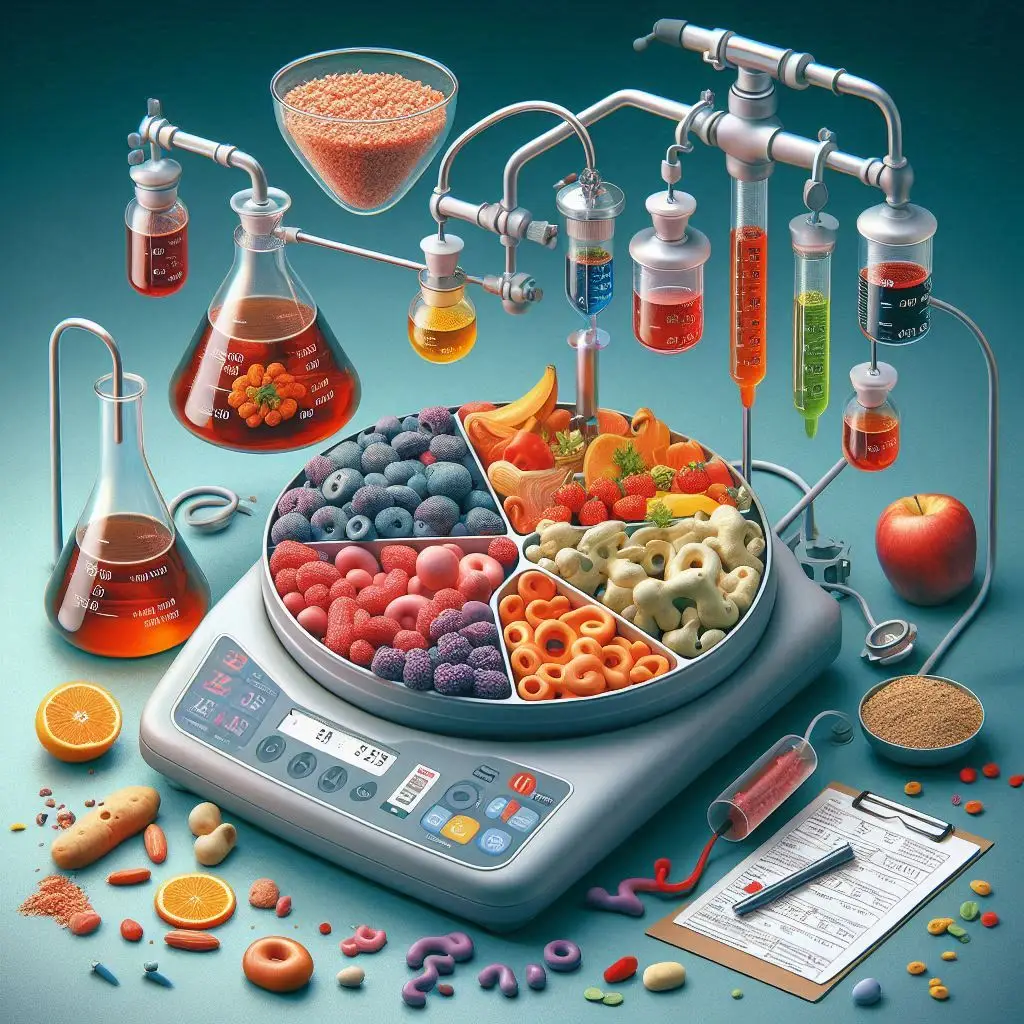
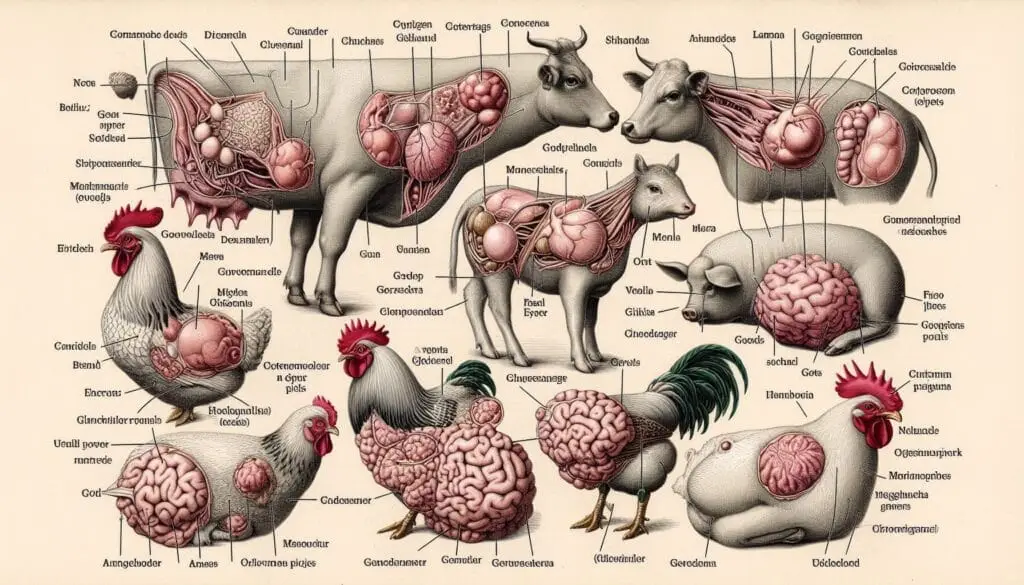
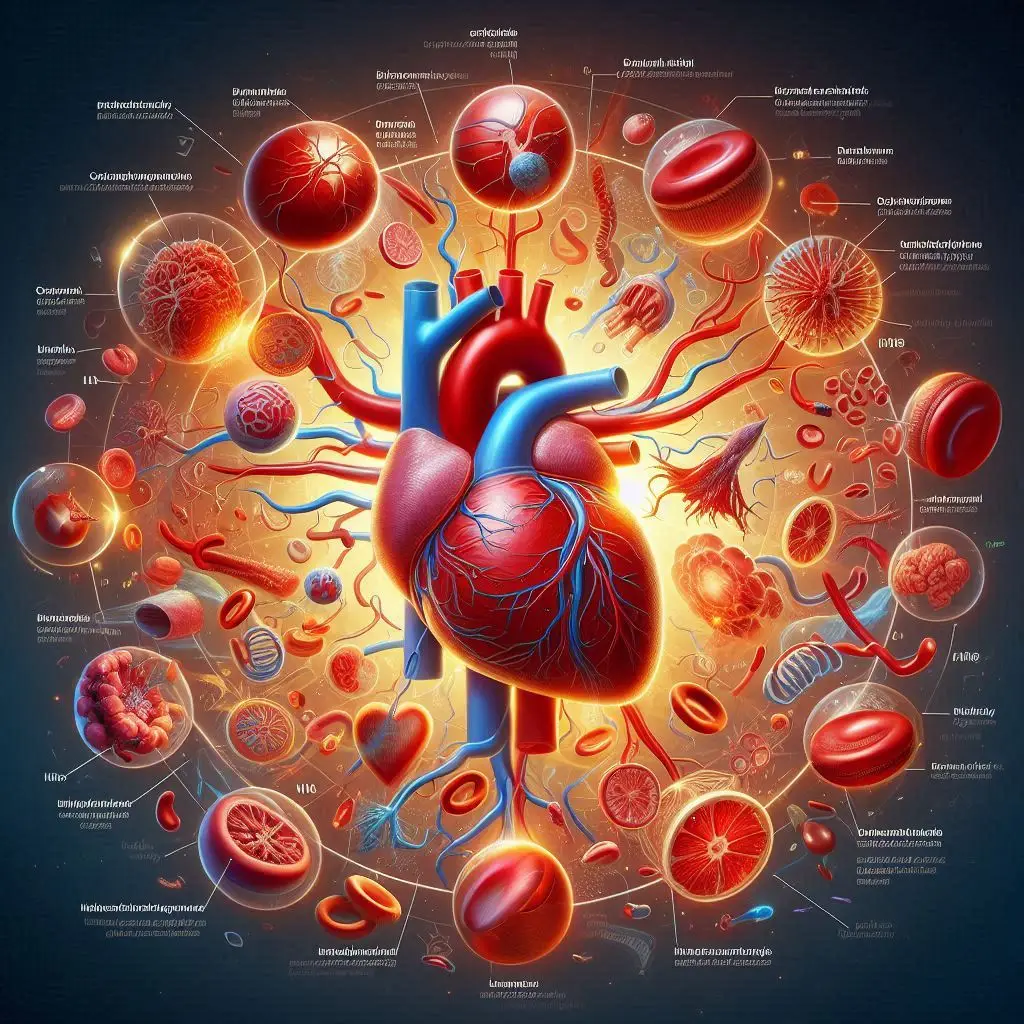
Responses